Updated 3 months ago
The 10 best states for home solar
Written by Ben Zientara Ben ZientaraBen Zientara is a writer, researcher, and solar policy analyst who has written about the residential solar industry, the electric grid, and state util...Learn more , Edited by Catherine Lane Catherine LaneCatherine has been researching and reporting on the solar industry for five years and is the Written Content Manager at SolarReviews. She leads a dyna...Learn more
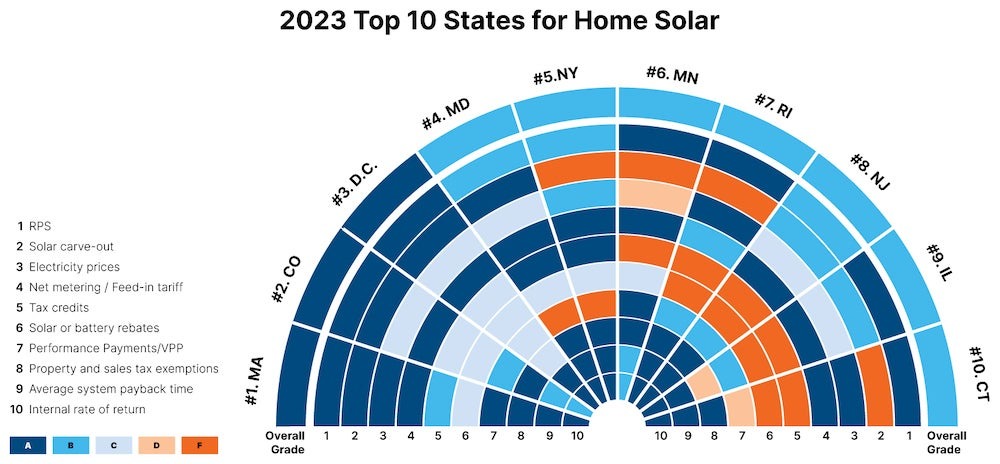

Why you can trust SolarReviews
SolarReviews is the leading American website for solar panel reviews and solar panel installation companies. Our industry experts have a combined three decades of solar experience and maintain editorial independence for their reviews. No company can pay to alter the reviews or review scores shown on our site. Learn more about SolarReviews and how we make money.
Solar panels are becoming more popular every year. In fact, there was a 30% increase in residential solar systems installed in the first quarter of 2023 compared to 2022. While solar is generally a good financial investment for homeowners, how good of an investment it is can vary quite a bit from state to state.
You may think that how much sun a state gets is the determining factor when it comes to going solar, but that isn't the case. It actually has more to do with state policies and electricity rates than the amount of sunshine you get. That’s why our solar experts evaluated state policy, electricity rates, incentives, and outcome factors to determine what ten states are really the best places to go solar in the U.S.
The top 10 states for home solar are:
Massachusetts
Colorado
Washington D.C.
Maryland
New York
Minnesota
Rhode Island
New Jersey
Illinois
Connecticut
1. Massachusetts
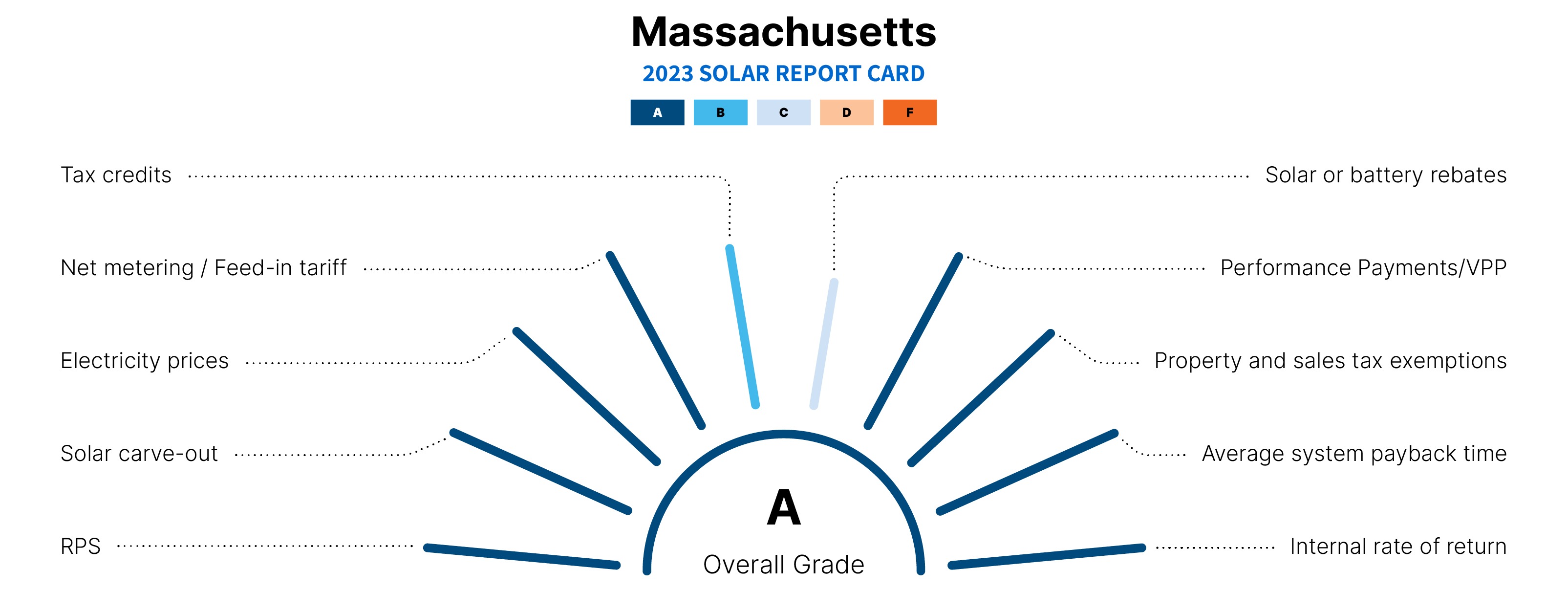
Massachusetts won our number one spot - and it wasn’t even close. The Bay State hits all the marks a state should aim for when it comes to home solar. A 100% carbon-free electricity standard and a solar carve-out provision encourage legislators to create further solar-friendly policies and incentives, including a state solar tax credit of up to $1,000 and the SMART performance-based incentive program.
The biggest utility companies in the state also have virtual power plant programs (VPP) that provide homeowners with hundreds of dollars in savings when they install a battery and allow it to support the grid in times of high demand.
But, what really makes solar a great investment in Massachusetts are the electricity rates. At about $0.30 per kilowatt-hour (kWh), Massachusetts has some of the highest energy rates in the country, meaning solar can save homeowners a lot of money even if they don’t get all that much sun.
2. Colorado
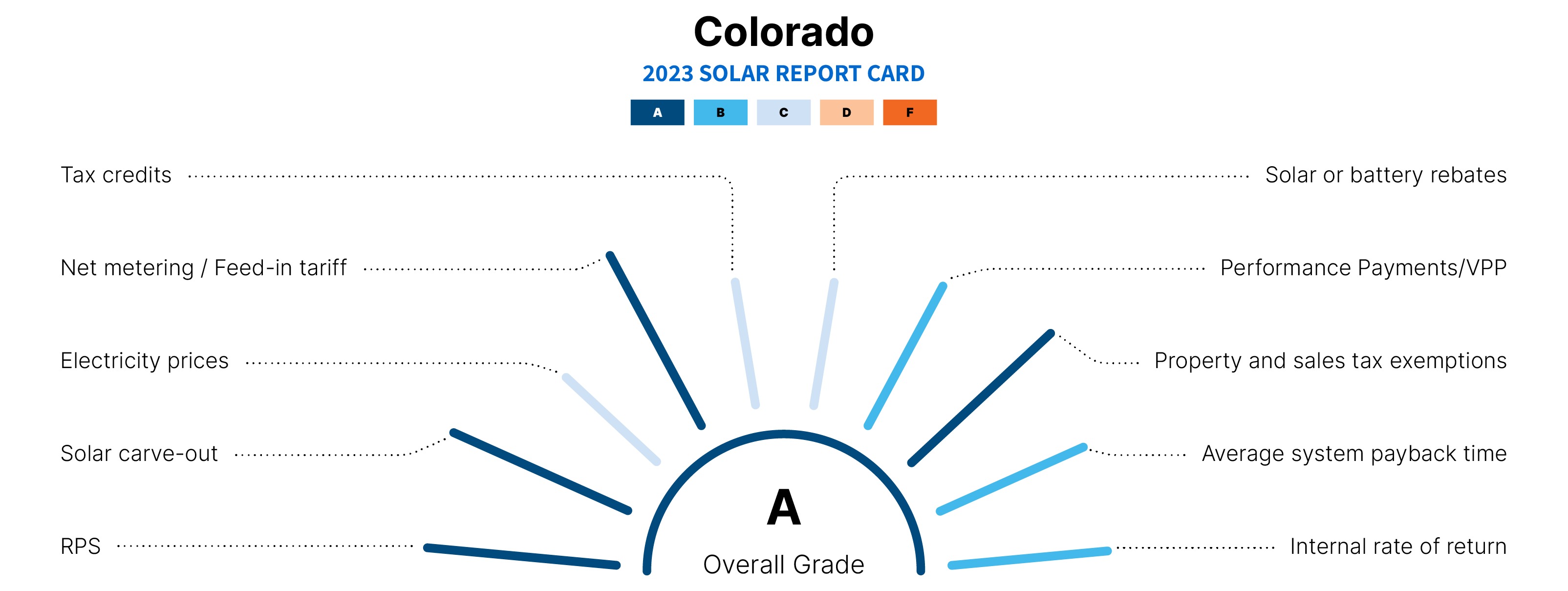
Colorado has been working to boost their renewable energy policies in recent years. It now has a clean energy standard with a goal of 100% clean energy for its largest utility, Xcel Energy. Colorado has embraced a forward-thinking approach to home solar by incentivizing battery storage through statewide storage tax credit and Xcel Energy’s Renewable Battery Connect VPP program.
The state doesn’t have exceptionally high electricity rates, but its solid net metering program allows most Colorado homeowners to get their energy charges down to zero.
3. Washington D.C.
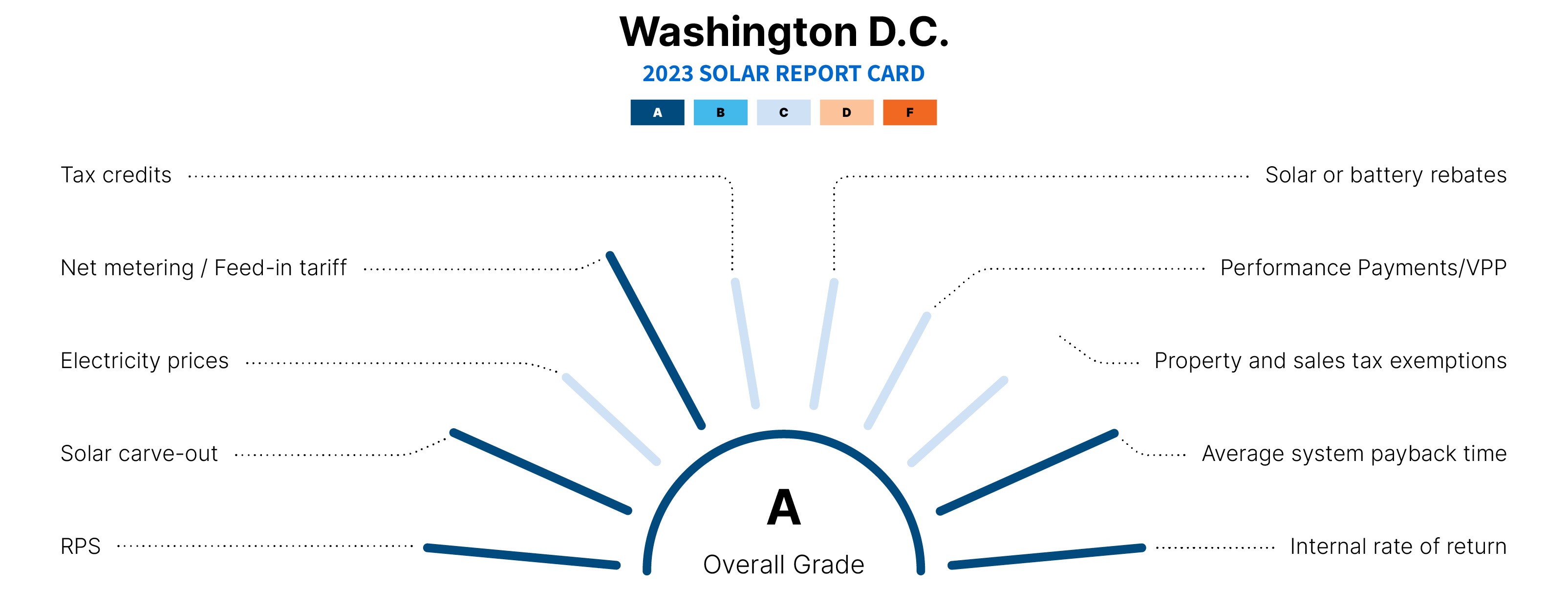
We know, we know, Washington D.C. isn’t technically a state, but the city’s support for home solar can’t be ignored. D.C. has an aggressive renewable portfolio standard that aims to reach 100% renewables by 2032.
Also, its Solar Renewable Energy Credit (SREC) market is the most lucrative solar incentive in the country. Currently, SRECs in the nation’s capital are selling for about $430 each. SREC and net metering savings make it so that a solar system installed in D.C. can pay for itself in just over three years. That means you get nearly 22 years of free clean energy!
The city also strives to make solar more accessible to all homeowners through its low-income solar incentive program, Solar for All.
4. Maryland
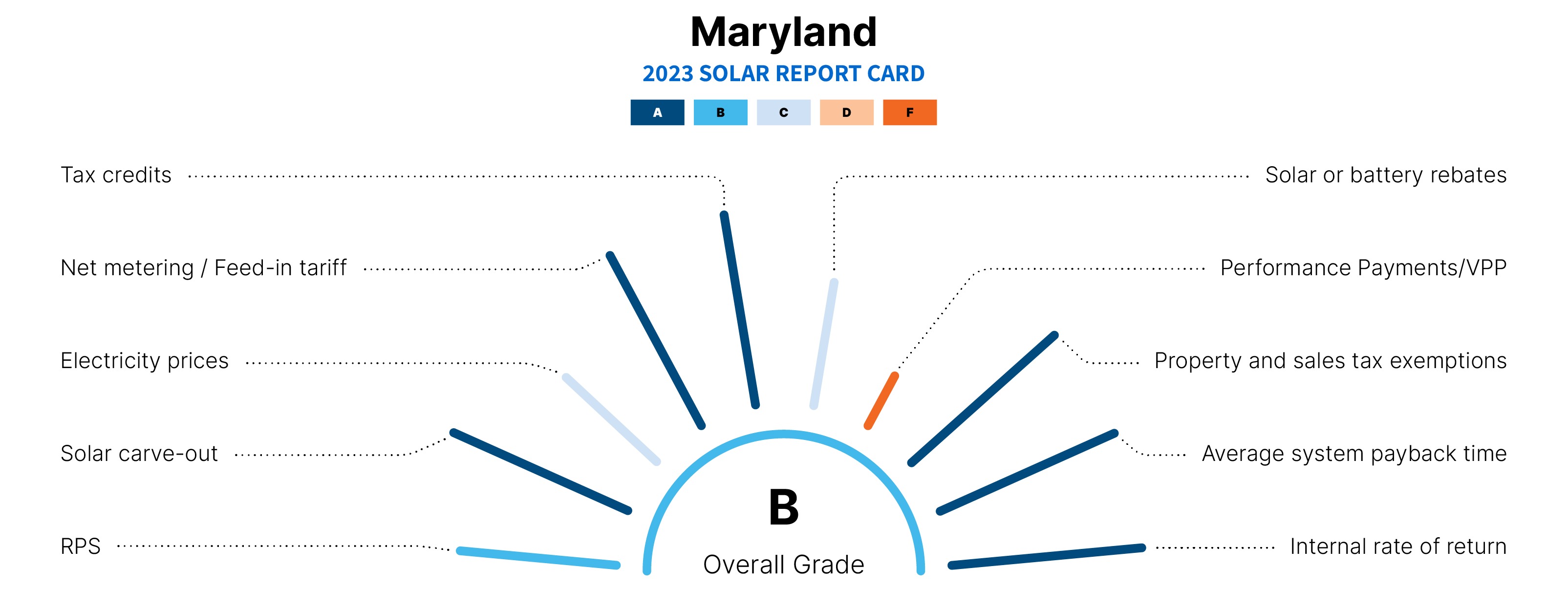
Maryland may come as another surprise, but its recently-renewed net metering program is about as good as it gets for solar savings. Not only did Maryland renew net metering, but they expanded it too, making solar more accessible to Maryland homeowners of all income levels through community solar.
Maryland is one of the few states to offer a statewide solar storage tax credit, though it is currently closed to new applicants. Like D.C., Maryland has an SREC program, though the payout isn’t quite as high.
All in all, Marylanders stand to save quite a bit on their electricity bills, with the potential to pay off their system in just seven years.
5. New York
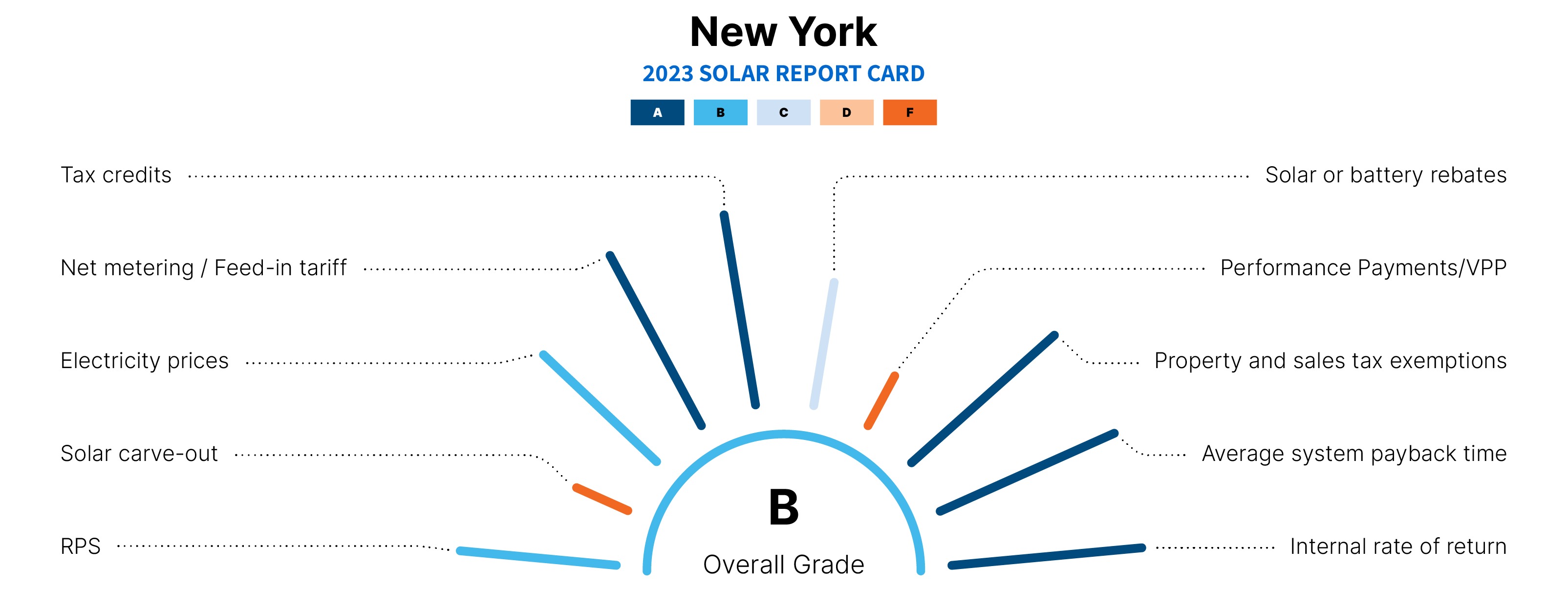
New York is number five primarily because of its high electricity prices, statewide solar tax credit, and 100% zero-emissions energy standard. So, what exactly is holding New York back from the top of the list?
The state’s residential solar industry is in a bit of a transition phase. Its net metering policy is gearing up to change, the rebate programs are filling up, and New York hasn’t quite implemented many of the forward-thinking programs we’d like to see, like widespread battery rebates or virtual power plant programs.
But there’s no denying that going solar in the Empire State is still a solid financial choice. A typical New Yorker can expect a solar system to pay for itself after just about seven years, and while incentive programs are reaching capacity, they are still available! There’s no doubt about it; the best time to go solar in New York is now.
6. Minnesota

It probably surprises you to see one of the country’s snowiest states as one of the best places to power your home with the sun. Believe it or not, Minnesota gets enough sunshine to cover your power needs, and the state has plenty of solar-friendly policies.
Minnesota has a great renewable portfolio standard and a good net metering program, which should encourage future solar-positive legislative decisions and homeowners to get panels on their roofs.
Minnesotans are also likely serviced by Xcel Energy, which offers the Solar*Rewards incentive program. This program is limited, though, so it's best to apply as soon as possible to get the additional savings.
7. Rhode Island
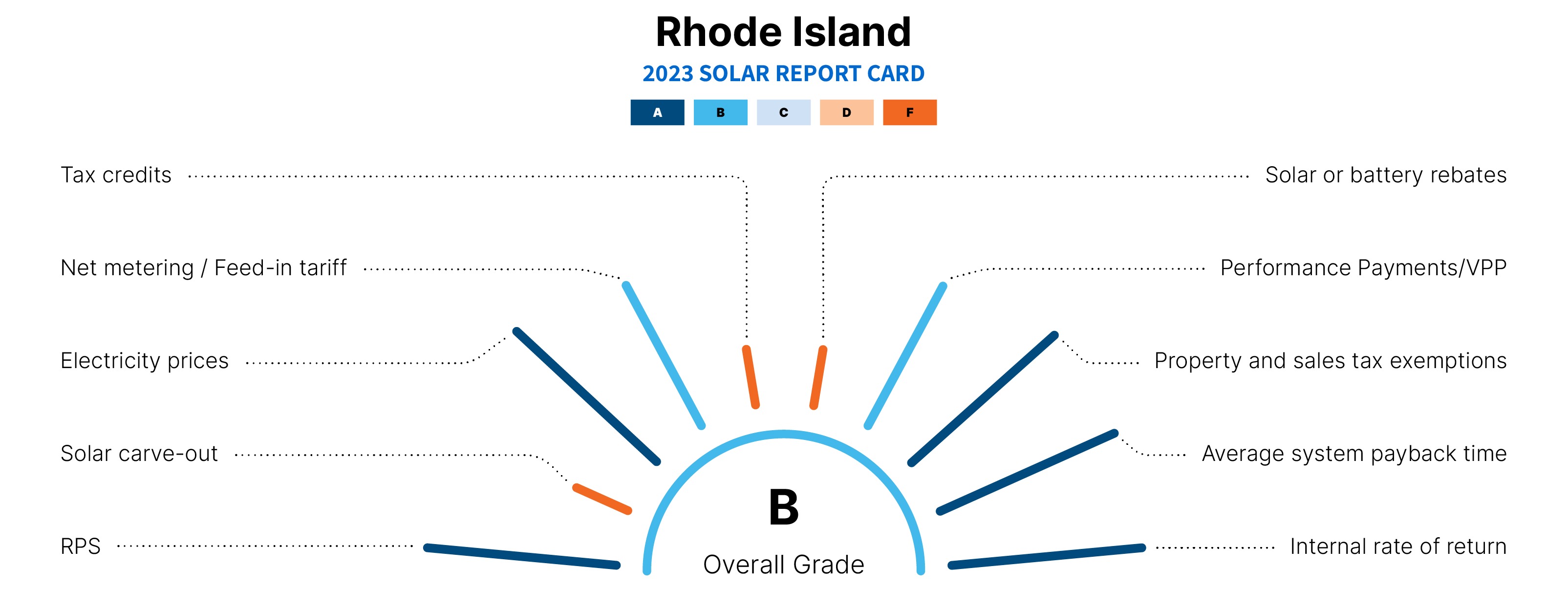
Coming in at number seven on our list is the state of Rhode Island. Like the rest of the New England region, electricity prices are through the roof, making rooftop solar a worthwhile investment by combatting the high monthly expense.
Rhode Island also has a solid RPS law and net metering rules that provide homeowners with a strong support base to install solar now and in the future.
Despite not having any up-front rebates, Rhode Island offers accessibility to going solar to low-income residents with tax breaks and its Affordable Solar Access Pathways program. The Ocean State has made great strides to make solar affordable for all, with a payback period of as little as seven years!
8. New Jersey
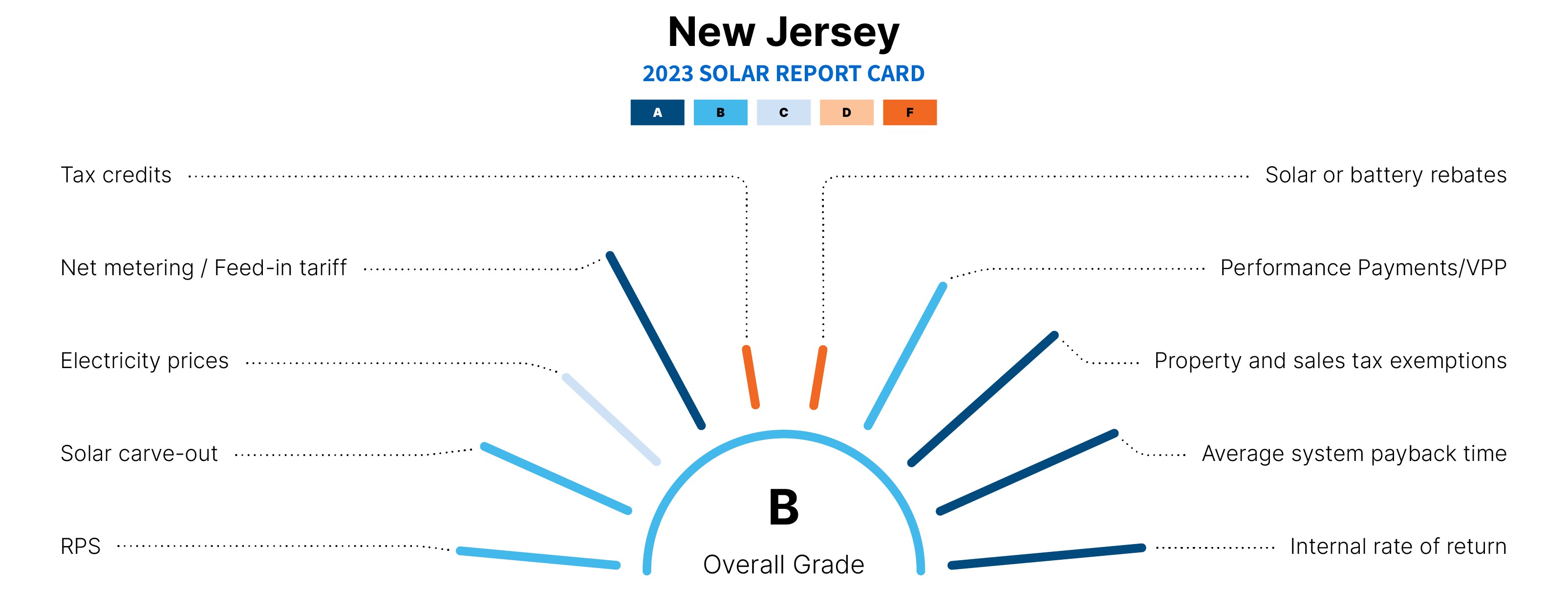
Despite its reputation, New Jersey is actually supportive of clean energy like solar power.
For years, New Jersey’s SREC program was one of the best state-level incentives in the nation. It has since been replaced by the latest version, the Solar Successor Incentive Program (SuSI). Through this program, solar homeowners can earn extra cash on top of their electricity bill savings, making the rate of return on a solar investment just about as high as it gets.
But New Jersey’s solar policy is starting to age. If legislators can continue to push for creating VPP programs and battery incentives and codify Governor Murphy’s 100% clean energy executive order, you might see New Jersey higher up on this list in the future.
9. Illinois
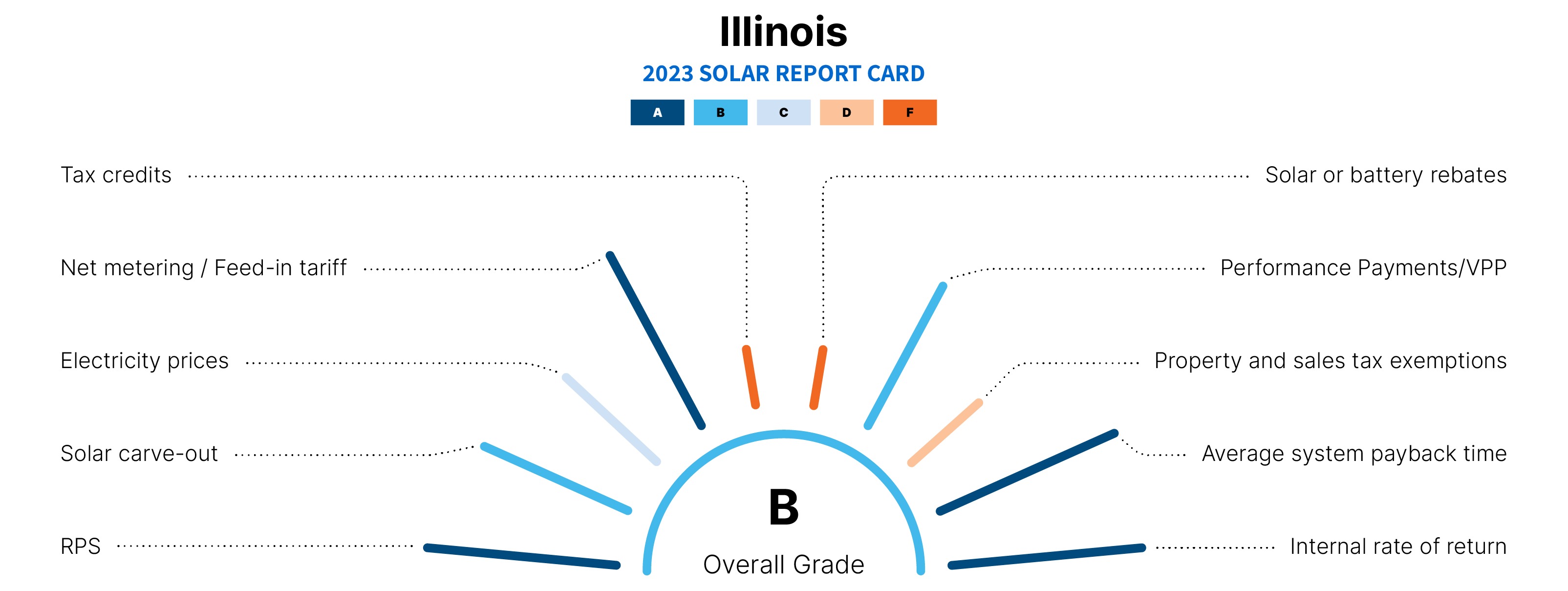
The solar industry in Illinois boomed when state legislators passed the Climate and Equitable Jobs Act in 2021.
The electricity prices in Illinois lie just slightly above the national average, so electricity bill savings aren’t as high as they are for some other states on our list. But solar installations here are more affordable, thanks to available incentives.
With programs like Illinois Solar for All (ILSFA), solar is accessible to homeowners across the state.
As far as improvement goes, we ran the numbers. The Prairie State could climb to our number five spots by establishing tax exemptions and a VPP program. Both are attainable goals we’d like to see the state take on in the future.
10. Connecticut
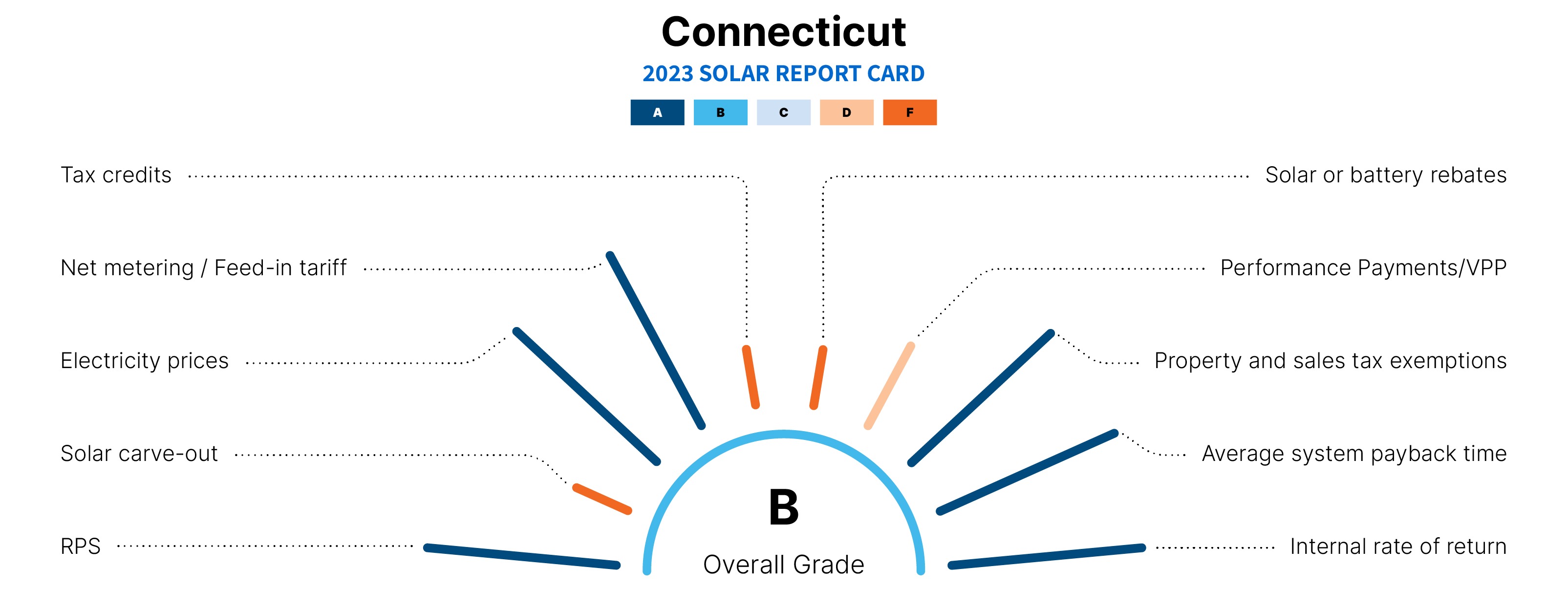
Last but certainly not least is Connecticut. With the second-highest electricity rates in the country, going solar is a great way to offset costly utility bills and see a good return on investment.
While there are no up-front rebates or other significant incentives, Connecticut offers a great net metering replacement known as the Residential Renewable Energy Solutions Program. Through this, residents see tremendous financial returns when installing solar panels.
In the future, We’d love to see Connecticut reinstate a version of its successful “Solar for All” program that ended in 2021, which made solar more reachable to low-income homeowners.
Why this report is different than others
The SolarReviews Top 10 States for Home Solar list differs significantly from other lists of top solar states, most notably those from The Solar Energy Industries Association (SEIA) and Forbes.
Unlike other solar state rankings, SolarReviews’ methodology evaluates factors that lead to increases in residential solar. Lists from SEIA and Forbes focus more on total megawatts of installed solar and solar employment, which are indicative of large utility-scale solar installations, not of the benefits of solar for ordinary Americans.
Solar heavy-hitters like Arizona, California, Florida, and Texas do not appear on the SolarReviews list because the legislatures and public utilities commissions in these states have not done enough to support regular homeowners who want to invest their own money in solar panels.
How SolarReviews evaluates states
States were scored based on a mix of evaluation factors relating to things state governments can control. The evaluation factors can be divided into three categories: Policy, Incentives, and Outcomes.
The evaluation factors and their weights were:
Category | Factor | Weight |
|---|---|---|
Policy
| Renewable Portfolio Standard | 10% |
Solar carve-out | 5% | |
Electricity prices | 15% | |
Net metering / Feed-in tariff | 15% | |
Incentives
| Tax credits | 10% |
Solar and battery rebates | 15% | |
Performance payments and virtual power plants | 15% | |
Property and sales tax exemptions | 5% | |
Outcomes
| Average system payback time | 5% |
Internal rate of return on investment | 5% |
What if my state isn’t on the list?
Just because your state isn’t on our list doesn’t mean solar isn’t a good investment for you. You can still save hundreds or even thousands of dollars every year by going solar in a state we don’t have here.
Electricity rates continue to increase nationwide, and the grid is becoming more unreliable, especially in the wake of climate change. Solar panels can potentially get you and your community on a path to a cleaner, cheaper, and brighter future, even if your state isn’t at the top of our list.
Key findings
Some of the most interesting data points uncovered in the evaluation process include:
Eight of the top 10 states have a 100% renewable portfolio standard or clean energy target, with target dates ranging from 2030 to 2050.
All of the top 10 states offer some form of solar incentive.
High electricity prices are a key factor but not a dealbreaker; Colorado, Washington D.C., Maryland, and Minnesota all appear in the top 10 despite their relatively low energy costs.
Tax credits and rebates are less popular incentives today than in the past, but 7 of the top 10 states now offer either pilot or full-fledged virtual power plant programs.
Time to system payback for a home solar investment now averages 6.6 years, with an internal rate of return of 20.9% among the top 10 states.
To get the details on how each state scored in each category, read the full report here.
Ben Zientara is a writer, researcher, and solar policy analyst who has written about the residential solar industry, the electric grid, and state utility policy since 2013. His early work included leading the team that produced the annual State Solar Power Rankings Report for the Solar Power Rocks website from 2015 to 2020. The rankings were utilized and referenced by a diverse mix of policymakers, advocacy groups, and media including The Center...
Learn more about Ben Zientara